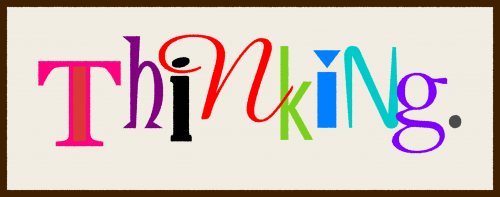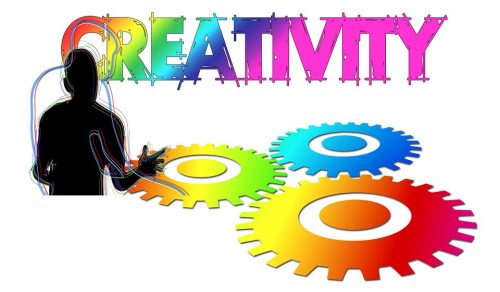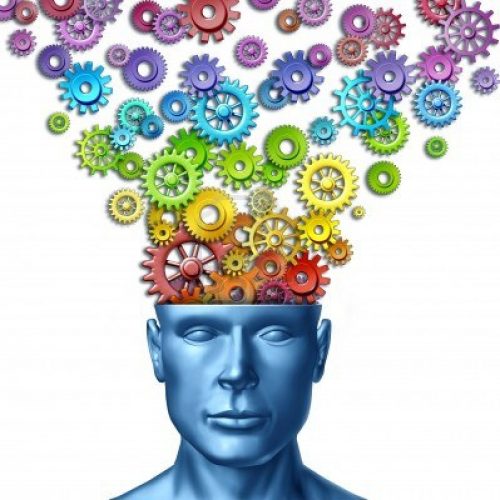In layman’s term, creativity is the individual’s ability to come up with a better solution while straightly looking at a problem. The main intention is to solve and analyze a scenario by only using what is currently an available option. “We depend on our creative abilities to help us adapt and thrive in increasingly complex and uncertain times,” Marilyn Price-Mitchell Ph.D. says. However, there are instances that creativity exceeds an expectation, and that is because of the enhanced creative thinking. It is where a person generates an unusual solution that pretty much solves a problem considerably. But take note, using unconventional methods in trying to solve a problem does not always guarantee a productive result. Yes, there are instances that idea can be significant. But there are cases that it might not be useful. So how can an individual learn to understand the better way of using his creative thinking? Let’s hear it from a psychologist’s point of view.

Adaption-Innovation Methods
While a lot of people are creative, they all differ in the way they use their creativity to an extent. That is where the adaption-innovation theory takes place. It is the psychological explanation where a person solves a problem using innovative-creative thinking or adaptive-creative thinking.
Adaptive-Creative thinking is the process of doing things better and smarter. An individual who understands adaption and is also creative at the same time usually do things differently. There is a sense of analyzing situations from previous experiences and often try working on the issue over and over. With that, the solution to a specific problem undergoes a different approach. But once all options are there, a person then measures the best possible and applicable conclusion that fits in. Let’s say it is more of a trial and error type of problem-solving method.
On the other hand, an innovative individual that is also creative often works on inventive solutions. The individual usually looks inside the box and think through it. The process of innovative-creative thinking is limited to solving what currently needs an instant solution. However, not all individuals are the same. Sometimes, some people can think outside the box.
Divergent And Convergent Thinking
Another interesting thing when it comes to creative thinking is the difference between divergent and convergent. More divergent-creative thinkers are often better at coming up with tons of ideas when they encounter a problem. People call the individual optimistic because of his mentality to try and attempt to analyze. “Divergent thinking (DT) tests are very often used in creativity studies. Certainly DT does not guarantee actual creative achievement, but tests of DT are reliable and reasonably valid predictors of certain performance criteria,” Mark A. Runco, Ph.D. explains. However, in convergent-creative thinking, the individual focuses on seeing the details that are useful in better narrowing down options that best work. Meaning, the person does not allow more thoughts in his head to avoid distractions and confusions. In complicated cases, both of these processes are effective in problem-solving because there is a focus on collecting options and narrowing it down. Clay Drinko, Ph.D. on the other hand explains that, “Convergent thinking is evaluating those ideas. Obviously, this is an important stage. Not all ideas can be the one. In certain creative scenarios, we have to evaluate ideas to see which ones are better than others.”

Creative-Thinking Basics
Creative thinking is broad. But the main thought of it should support the idea that the solution should be unique as well as useful at the same time. To understand the process of creative thinking, one should understand first how it works.
Preparation – Before an individual come up with a solution, he must collect all the useful data he will need to understand the problem of the situation. The person should know what causes the difficulty, what options are available, and what required ability is useful for executing a solution.
Incubation – Incubation focuses on the subconscious. Meaning, the mind often thinks about the problem even if it does not require an immediate solution. Usually, a person tends to forget the problem, but the subconscious still looks for possible ways in solving what he’s currently trying to solve.
Illumination – The process of getting a resolution in a person’s mind after incubation is called illumination. It is the stage where results become mindfully visible. It usually brings an immediate and creative answer to the problem.
Validation – Validation is the verification of the newly-found solution that comes from illumination. So with that, the process undergoes checking to know if the answer is correct and valid to support the problem.

If you desire to become more creative, you should understand the importance of building a collective memory and knowledge. That is ideal by learning different things and seeking new experiences. You can try by fixing things at home, arranging and organizing, managing schedules and a lot more. There are times that solutions will fail, but that shouldn’t have to be a reason for quitting. Just allow a new perspective, and all things will be okay. Only then you can increase the strength of your brain’s development and achieve enhanced creative thinking.
